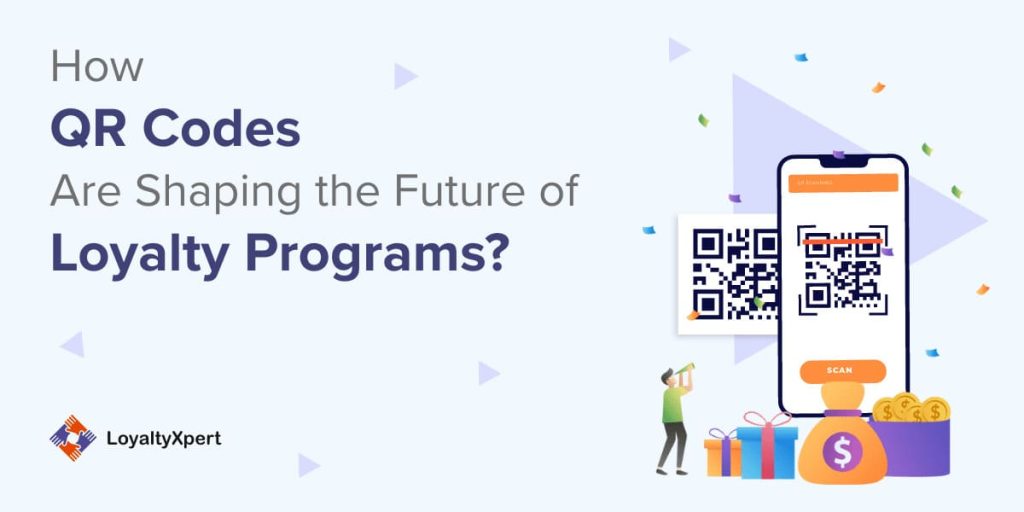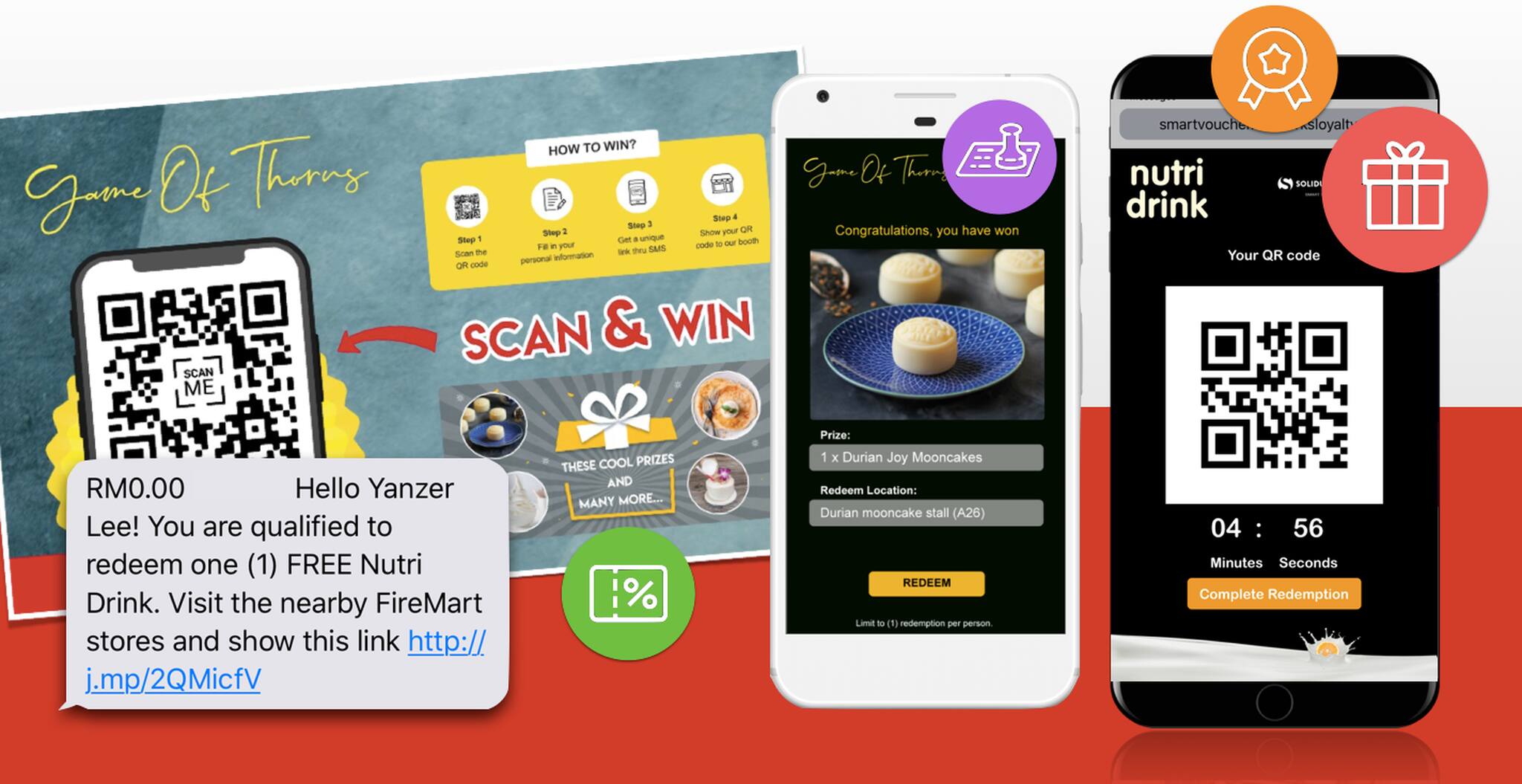Take full advantage of Interaction with an Adjustable Loyalty System for Your Service
Take full advantage of Interaction with an Adjustable Loyalty System for Your Service
Blog Article
Loyalty System Insights: Rewarding Consumers and Growing Your Brand Name
Loyalty programs have actually evolved beyond simple transactional rewards; they now act as tactical tools for cultivating deeper consumer relationships and boosting brand loyalty. By understanding the subtleties of different incentive systems, companies can customize their approaches to fulfill diverse consumer choices. The impact of a well-implemented commitment program prolongs beyond consumer retention, driving campaigning for and shaping brand name perception in a competitive marketplace. The efficiency of these programs pivots on details engagement strategies and measurable end results. What vital factors should brands consider to optimize their loyalty efforts?
Recognizing Loyalty Programs

By analyzing this information, services can customize their offerings to better satisfy client requirements, producing a more customized shopping experience. This personalization is pivotal in developing depend on and psychological connections, which are important for brand name loyalty. Commitment programs can improve consumer engagement through unique deals, incentives, and experiences that resonate with consumers, reinforcing their commitment to the brand.
Additionally, commitment programs can add to raised consumer life time value, as pleased and dedicated clients are a lot more most likely to make constant purchases and refer others. Eventually, when implemented successfully, loyalty programs not only incentivize prompt sales but also cultivate a community of brand name supporters, therefore driving sustainable development for companies in an affordable market.
Kinds of Reward Solutions
Various sorts of incentive systems exist within commitment programs, each developed to deal with various consumer preferences and organization objectives. One preferred method is the points-based system, where customers earn points for each purchase, which can later on be retrieved for discounts or items. This version urges repeat transactions and cultivates a sense of achievement as customers gather factors.
One more reliable type is tiered benefits, which incentivizes clients to reach greater degrees of loyalty. As consumers progress through tiers, they unlock increasingly useful advantages, thus boosting consumer involvement and retention. This system rewards both preliminary spending and recurring commitment, making customers feel valued.
Cashback incentives are also widespread, supplying customers a percent of their acquisition back as cash money or debt. This simple method appeals to price-sensitive consumers and can drive much more regular acquisitions.
Finally, experiential incentives give one-of-a-kind experiences, such as unique occasions or early access to items. These rewards create memorable interactions with the brand, promoting deeper emotional links.
Each of these systems offers unique benefits, allowing services to customize their loyalty programs to align with their customer demographics and tactical purposes.

Benefits of Executing Loyalty Programs
Implementing commitment programs offers many advantages that can substantially enhance a business's connection with its consumers. By fulfilling repeat purchases, businesses promote a sense of belonging, urging clients to return much more frequently.
Furthermore, commitment programs allow organizations to gather beneficial information on client preferences and acquiring habits. This info can be analyzed to customize advertising efforts, causing more reliable and tailored campaigns. The insights acquired can aid companies identify trends, enhance item offerings, and boost client contentment.
Furthermore, loyalty programs commonly develop a competitive side in jampacked markets. By developing a solid commitment structure, services can separate themselves, drawing in clients i loved this who prioritize brands that worth their loyalty.
Finally, a well-structured commitment program can cultivate brand advocacy. Dedicated customers are more probable to advise a brand to others, successfully transforming them right into brand ambassadors. To conclude, applying commitment programs is a tactical step that can generate substantial benefits, inevitably driving lasting business growth and success.
Approaches for Effective Interaction
Efficient involvement is crucial for making the most of the benefits of loyalty programs and making sure continual client passion. Loyalty System. To cultivate purposeful links, businesses should adopt a multi-faceted method that highlights value, personalization, and communication
First, leveraging client data to produce tailored experiences enhances engagement. By analyzing acquisition background and choices, brand names can provide customized benefits or suggestions that resonate with private clients. This targeted method not only enhances contentment yet additionally urges repeat communications.
Second, normal and transparent communication is essential. Using different networks, such as email e-newsletters, social media, and mobile applications, guarantees customers are informed concerning promotions, rewards, and program updates. Constant messaging maintains the brand top-of-mind and enhances the worth of commitment involvement.
Finally, integrating gamification components can significantly enhance engagement. Features such as factor accumulation, difficulties, and tiered incentives produce a feeling of success and excitement, motivating consumers to involve more actively with the program.
Including these methods grows a faithful consumer base, driving sustained development and brand name affinity while making the most of the possibility of loyalty programs. By concentrating on reliable interaction, organizations can strengthen links and enhance the overall customer experience.
Gauging Success and ROI
To precisely examine the performance of commitment programs, companies should establish clear metrics for measuring success and return on financial investment (ROI) Secret efficiency indications (KPIs) such as client retention price, typical order value, and the regularity of repeat acquisitions provide quantifiable understandings right into program efficiency.
Additionally, tracking the overall effect on customer lifetime worth (CLV) is crucial. An effective commitment program need to boost CLV by cultivating customer loyalty and encouraging repeat purchases (Loyalty System). Businesses should also take into consideration the cost of preserving the program and carrying out versus the profits created via dedicated customers
Another important technique is to examine client involvement metrics, such as engagement prices in commitment tasks and the redemption of incentives. This information permits firms to improve their offerings and enhance consumer Bonuses experiences.
Additionally, utilizing advanced analytics and consumer comments can even more support the analysis of commitment program get more effectiveness. By incorporating qualitative understandings with quantitative information, services can adjust strategies to maximize performance. Ultimately, a thorough measurement framework will certainly allow organizations to comprehend real worth of their loyalty programs and make informed choices for future growth.
Conclusion
To conclude, commitment programs act as a vital device for enhancing client interaction and cultivating brand commitment. By utilizing various benefit frameworks and customized incentives, organizations can successfully accommodate diverse customer choices. The strategic application of these programs not only enhances customer retention however also changes pleased customers into supporters, contributing to brand development and competitive advantage. Inevitably, the effective execution of commitment systems contributes in optimizing consumer lifetime worth and attaining long-lasting business success.
Loyalty programs have actually evolved beyond plain transactional rewards; they now serve as tactical devices for cultivating much deeper consumer partnerships and boosting brand name commitment. As consumers proceed via rates, they open progressively useful advantages, consequently improving client interaction and retention. A successful loyalty program ought to raise CLV by cultivating customer loyalty and encouraging repeat purchases.In conclusion, loyalty programs offer as a vital system for improving consumer involvement and cultivating brand name commitment. The tactical application of these programs not only increases consumer retention yet likewise transforms satisfied consumers into advocates, adding to brand name growth and affordable benefit.
Report this page